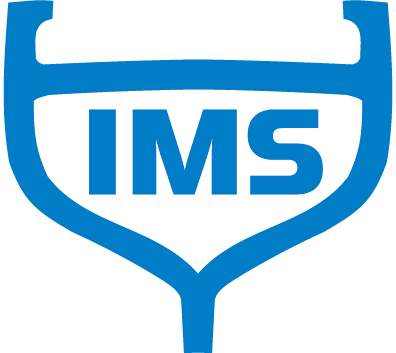Dual-Temp RSW/Brine Systems: Flexibility for Modern Fisheries
No two seasons are alike in commercial fishing. One trip you might be hauling salmon, which need to be kept just above freezing in chilled seawater. Another time you may be fishing for tuna, where brine freezing delivers better quality and longer shelf life. For many vessels, the challenge has been choosing between an RSW system and a brine freezer — or trying to fit both on board.
That’s where dual-temp refrigeration systems come in.
What Is a Dual-Temp RSW/Brine System?
A dual-temp system combines two functions into one unit: traditional refrigerated seawater (RSW) chilling, and brine freezing. The design uses two dedicated liquid lines with solenoid valves, allowing the operator to switch between modes with simple controller settings and isolation valves.
RSW Mode: Chills seawater to around 33 °F, perfect for salmon, cod, or groundfish.
Brine Mode: Drops the solution temperature down to 2 °F or lower, ideal for herring, tuna, and bait fish that benefit from firmer handling and extended preservation.
Instead of installing and maintaining two separate systems, vessels can rely on one piece of equipment to do both.
Why Dual-Temp Matters for Fishermen
Fishing is unpredictable. Market conditions shift, quotas change, and each fishery comes with unique demands. A dual-temp system provides flexibility so operators can respond to those changes without major retrofits or downtime.
Here are some of the main benefits:
Adaptability Across Species and Fisheries
Use the same system whether you’re fishing salmon in Alaska or herring in the Pacific Northwest. Switch modes to match your catch.Space and Weight Savings
Onboard space is limited. A dual-function system reduces the need for separate installations, freeing up room for other critical gear.Simplified Maintenance
One system means fewer parts to stock and fewer systems to service. IMS dual-temp systems are designed with common spare parts and straightforward maintenance routines.Cost Efficiency
By combining functions, vessels avoid the expense of operating and maintaining two independent refrigeration systems.
How Switching Works
In practical terms, switching modes is simple:
Adjust the temperature controller to the desired setpoint (33 °F for RSW, 2 °F for brine).
Open the isolation valve for the active mode and close the valve for the inactive mode.
Move the solenoid coil to the correct liquid valve post (RSW or Brine).
The system then runs in the selected mode, with controller logic managing pressures, flow, and safe operation.
Built for Real-World Conditions
Dual-temp systems face the same harsh environments as any marine refrigeration equipment: saltwater, variable loads, and long, demanding fishing seasons. IMS designs each unit with marine-grade materials, hot gas bypass for freeze protection, and proven control strategies to minimize operator error. The goal is simple — keep your catch at peak quality, no matter what the season brings.
Final Thoughts
For operators balancing multiple fisheries or shifting markets, a dual-temp RSW/Brine system offers unmatched flexibility. It allows you to make the most of each trip, extend shelf life when needed, and adapt quickly when the season doesn’t go as planned.
At IMS, we’ve spent 30 years building refrigeration systems for fishermen who demand reliability and versatility. Our dual-function systems reflect that experience: one unit, two functions, built to perform.
